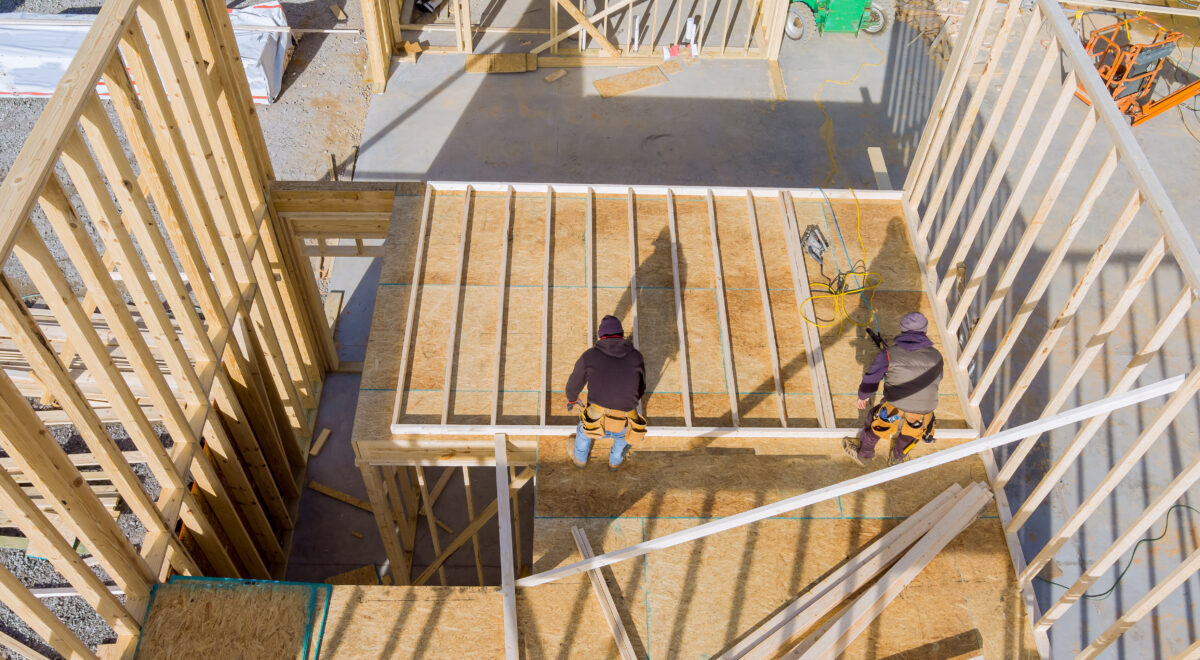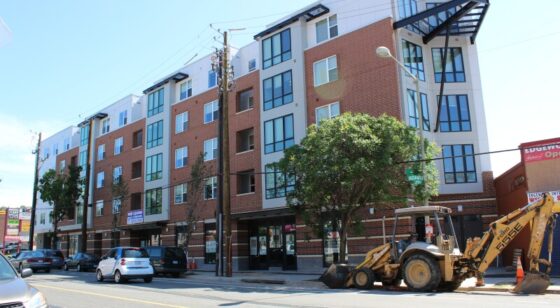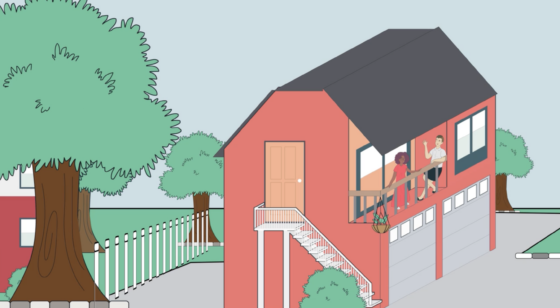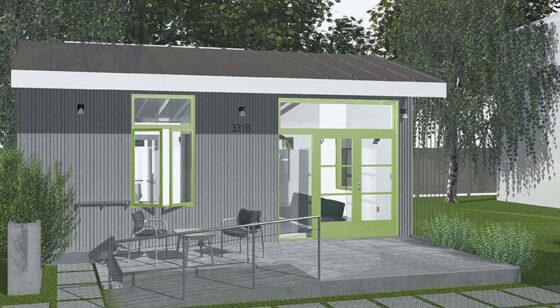AARP Hearing Center
Trend Snapshot
Communities don’t have enough housing, or the right type of housing, to meet the needs of residents. Housing construction has lagged behind housing need for many decades. A Freddie Mac study revealed a 2.5 million shortage in housing units. The gap is especially significant among moderately priced single-family and multi-family buildings.
Increased longevity and the decision to age in place both contribute to the housing shortage. In addition, the motivations of local government (i.e., efficiency), community boards (i.e., fear of neighborhood change), and builders (i.e., profit) also influence and contribute to the types of housing that is supplied and the resulting mismatch. This manifests in resistance to revising zoning codes to allow for more varied housing types, as well as in a scarcity of homes designed with principles of Universal Design.





































































